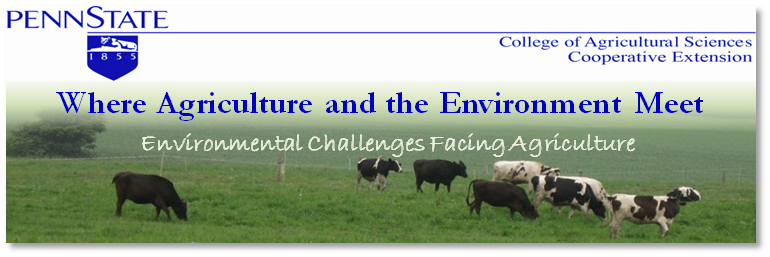Although we tend to worry about cows getting too much protein from the pasture during the lush spring months, the fall bump can also lead to too much protein intake on pasture. Good quality pastures tend to provide more protein than energy in general, but during the spring and fall growing seasons that ratio tilts even further towards protein. Therefore, supplementing either grain, corn silage, or a total mixed ration (TMR) is usually necessary to improve production in grazing herds and increase the utilization of protein from the pasture.
The energy component of the diet can greatly influence how the protein from the pasture is digested. This is because when a cow eats she is not only eating to support her own needs, but also the needs of the microbes in her rumen. When there is energy and protein available at the same time these microbes break down the feed (energy and protein) and use the end products to produce more of themselves (microbial protein). They then pass out of the rumen serving as a protein source for the cow. However, if there isn’t enough energy available, as is the case on pasture, the protein in the pasture will still be broken down, but instead of being converted to microbial protein, feed protein is broken down to ammonia. Ammonia is absorbed into the blood where it is converted to urea. This urea in the blood is the source of milk urea nitrogen (MUN) and urea nitrogen in the urine. Since MUN is coming from the same blood urea nitrogen pool as urea in the urine it is a good indicator of urea excretion and utilization. Excessive urea production and excretion in urine can lead to water and air quality concerns.
Also, from the cow’s standpoint, the production and excretion of excess urea takes energy. There is a paper out of Penn State by Kolver and Muller that estimated excess urea excretion cost the cow almost 4 lbs of milk/day! This is because it takes energy for the cow to convert the absorbed ammonia, which came from excess protein supply in the rumen, to urea. Ammonia is toxic to the cow so this conversion to urea is a necessary energy utilizing process, which cannot be eliminated, but can be reduced through lower protein rations and appropriately matching ration protein and energy concentrations. Are you willing to leave 4 lbs of milk on the table knowing that not only did you lose milk production, but you also lost feed efficiency and it could have been prevented if MUN had been tracked and maintained within the recommended 8-12 mg/dl?
One way to improve nitrogen efficiency from the pasture and decrease MUN is to supplement the pasture with a partial TMR. A study from Penn State supplemented pasture with a partial TMR and saw an 8 lb/day increase in milk production and a 3 mg/dl decrease in MUN compared with pasture supplemented with 19 lb of concentrate. Supplementing with a grain mix or corn silage are also options, but a mixture is usually better at providing digestible energy that is not too fermentable in the rumen.
Although the pasture may be supplying a large portion of the dry matter, supplementing the pasture is necessary to maximize its full potential. Total mixed ration supplementation of pasture allows for better capture of protein from the pasture the nitrogen utilization will be increased, which can be tracked though MUN values. For all the effort that goes into developing and maintaining high quality pastures lets be sure we are getting all we can out of these efforts.


No comments:
Post a Comment